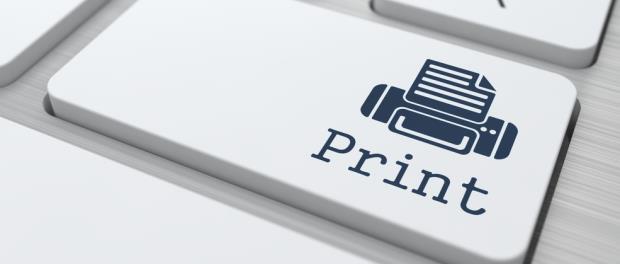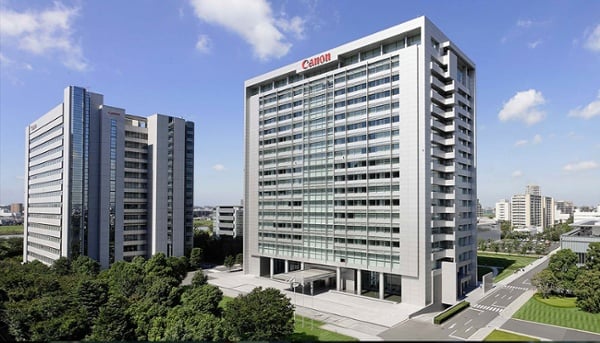Ever have an issue printing a logo or image and it appears choppy or pixelated? Not sure what to do? Then this article is for you!
Is your file a True Vector Image or Raster Image?
1) Open your image
2) Zoom more than 200%
3) Crisp=Vector; Fuzzy = Raster
Rules of Vector and Raster (Think Image not File type)...
Vector images (Logos, Shapes, Font Lettering) are infinitely scalable and will not lose resolution/clarity. Raster images (Photographs/Scanned Images) are scalable but will lose resolution/clarity the larger you scale.
More information...
File extensions .png, .tif, .jpg are Raster Images (made up of pixels/dots) and the likelihood of them being scaled larger than a sheet size and displaying legibly is dependent on the file size or original created/scanned resolution. For larger format prints we highly recommend converting files to Vector Images (.ai, .eps, .pdf, .svg) when possible. Note that just because the file name or file format of a raster image is converted to one of the vector file formats, does not always mean it’s usable or a true Vector Image.
To see if your file is a true Vector Image open your file (Microsoft Preview, Acrobat, Photoshop), use the Zoom Tool and zoom to more than 200%, look at the edges and details of the image, if they begin to appear fuzzy or blurred you are then looking at a Raster (Non-Vector) image. A vector image will not begin to appear fuzzy the more you zoom or scale. For photographs/images it is best to design with an original size that is at the output size or suitable for scaling. Photos/images that are Raster and are less than 5MB risk displaying at a less than acceptable resolution/clarity when printing large format.
Thanks to our own Erik Germinaro from our B&L Graphic Solutions branch for providing this content.




